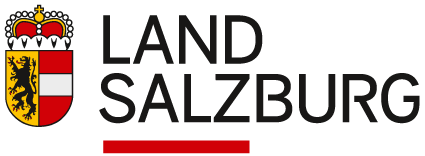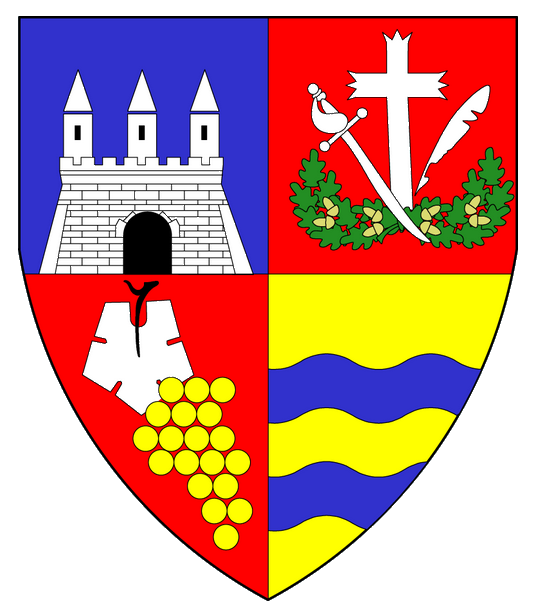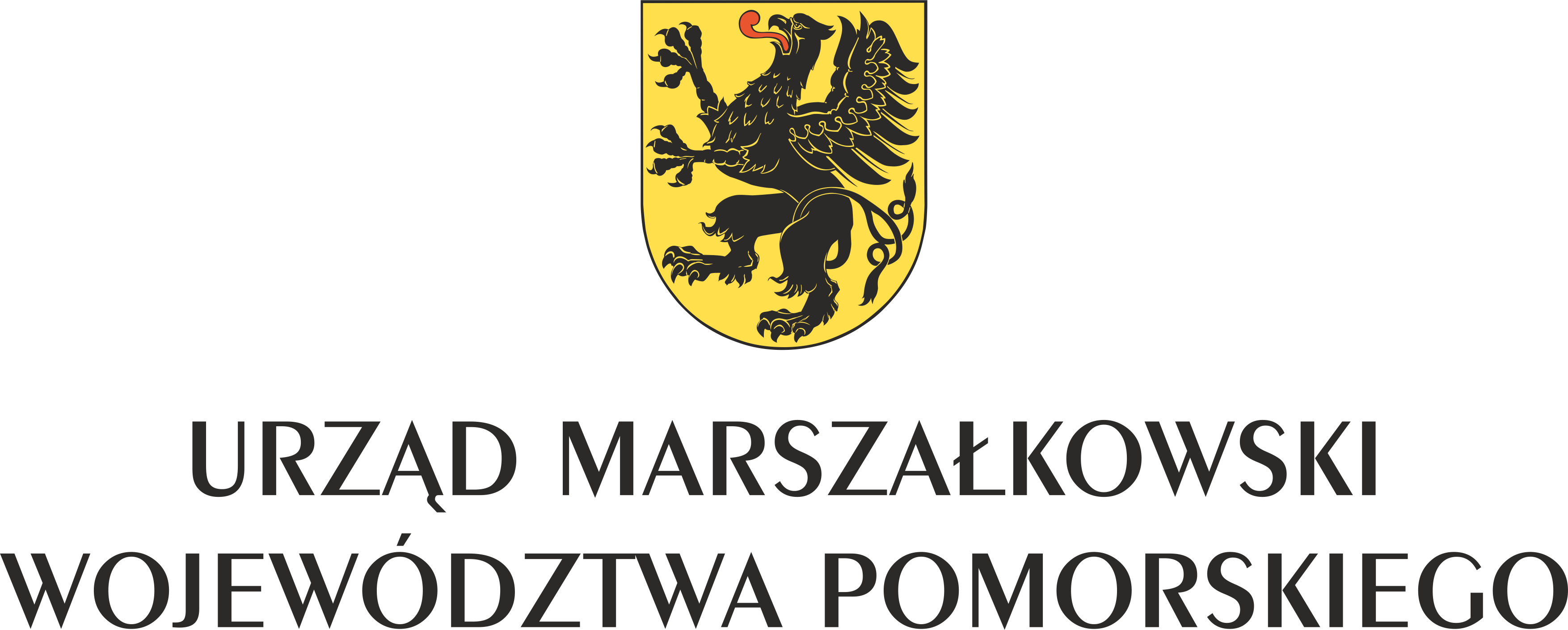Get to Know the Regions
 Salzburg
Salzburg
 Arad
Arad
Located in the Western part of Romania, at the crossroads of national and international thoroughfares. Gateway between Western Europe and South - Eastern Europe, Arad has 4 points for crossing the border with Hungary -Nădlac, Vărşand and Turnu for traffic of people and goods, and the Curtici by rail, located on the Pan-European transport corridor IV. Arad County Council turns 30 this year. Learn More
 Timiș
Timiș
Timiș county is one of the most economically developed regions in Romania, with an extremely low unemployment rate, a thriving commercial, industrial and educational centre. The county has a long and successful history of multiculturalism, as various ethnic groups (Hungarians, Germans, Serbians, Bulgarians, Ukrainian etc) have been living there peacefully. This mix of culture resulted in a way of life based on respecting each other's values and treasuring the individual features to the benefit of the common good. Moreover, Timiș is the westernmost county, neighbouring Hungarian and Serbian border and it is very well connected with the rest of the national and European transport infrastructure. Therefore, Timiș is a destination county - national migration towards Timis and extra-European immigration. Learn More
 Catalonia
Catalonia
The Ministry of Equality and Feminisms is a division of the Government of Catalonia. It is responsible for equality and accessibility policies, effective equality at work as well as rights guarantees and non-discrimination; LGBTI and women policies; promotion and defence of human, political and civil rights; immigration and asylum policies. Within this framework, the DG for Migration, Asylum and Anti-Racism is the executive body responsible for designing, implementing, and evaluating equality, migrations, and support policies. Learn More
 Navarra
Navarra
The contemporary process of diversification of Navarre's society has its precedent in internal migration from other regions of Spain, which began in the 1960s. From the 1990s onwards, this flow was replaced by international immigration, which starred in a slight but steady rise during the last two decades, only interrupted from 2013 to 2016 by the economic crisis. International migration has been a determining factor in the diversification of current Navarre society, but it is not the only factor. Among the 10 most frequent origins in 2020, we find American countries - Ecuador and Colombia - but also European - led by Romania and Bulgaria - and African ones - Morocco. Learn More
 Donegal
Donegal
County Donegal is a county of Ireland in the province of Ulster and in the Northern and Western Region. Donegal has a population as per the 2016 census of 159,192, with 5 Municipal Districts. Donegal has changed radically within one generation, the 2016 census indicated that 7.2% of the population of the county, or 11,477 people were born outside the state and this population continues to grow. This statistic really highlights the diverse nature of the current population of the county. Learn More
 Emilia-Romagna
Emilia-Romagna
Emilia-Romagna Region counts about 4,460,000 inhabitants (data on 1 January 2022), and 12.8% of the total population has non-Italian citizenship. The migratory phenomenon in the Region is relatively recent: it started in the second half of the nineties of the last century and then exploded and consolidated over the last twenty years. A period that, combined with a significant stabilization on the territory, leads to an increasing acquisition of Italian citizenship that in the last years is even more significant. It is thanks to the migratory flows that the regional demographic trends are kept relatively balanced. Regarding the countries of origin, more than 170 citizenships are represented in Emilia-Romagna. Learn More
 ISTITUTO COOPERAZIONE ECONOMICA INTERNAZIONALE (ICEI)
ISTITUTO COOPERAZIONE ECONOMICA INTERNAZIONALE (ICEI)
ICEI was established in Milan in 1977. It is actively involved in actions of solidarity, in international cooperation for development, in research and in training. Their projects include a wide network of partners who are key elements to be involved in any process of change: communities, local authorities, university/research centres and business. The mission of ICEI is working with people in local communities to improve socioeconomic conditions and promote inclusive, equitable and sustainable societies based on an active participation. ICEI implements different types of initiatives in Italy and around the world in the fields of Intercultural Citizenship, Labour Inclusion, Sustainable Agriculture & Responsible Tourism. Priority targets are the most vulnerable groups, especially women and young people. Learn More
 LEIPZIG-AUFBAUWERK
LEIPZIG-AUFBAUWERK
With more than four million inhabitants, Saxony is the seventh largest federal state in Germany in terms of population and the tenth largest in terms of area. The state capital is Dresden, the most populous city, however, is Leipzig as the centre of the transnational metropolitan region of Central Germany. Alongside these two, the third largest city in the state and at the same time the fourth largest city in Eastern Germany is Chemnitz. Learn More
 Pomerania
Pomerania
The Pomorskie Voivodeship is a unique place, which is located in the northern part of Poland. The total area is 18,293 km2. The population is 2 346 717 (30/06/2020). Due to its location near the Baltic Sea (the length of the coastline is 316 km), Pomorskie offers excellent relaxation and entertainment. Its coastal location, at the crossroads of important international transport routes, fosters stronger economic, political and scientific relations. Learn More
 Poznan
Poznan
Wielkopolska Region is one of the largest regions in Poland. Its area is 29 826 km² and its population is about 3.49 million. It is one of the most dynamically developing regions in Poland. Poznan - the capital of Wielkopolska - is an important economic, scientific, financial and cultural center and it has 534,813 inhabitants. Learn More
 Salzburg
Salzburg
 Arad
Arad
 Timiș
Timiș
 Catalonia
Catalonia
 Navarra
Navarra
 Donegal
Donegal
 Emilia-Romagna
Emilia-Romagna
 ISTITUTO COOPERAZIONE ECONOMICA INTERNAZIONALE (ICEI)
ISTITUTO COOPERAZIONE ECONOMICA INTERNAZIONALE (ICEI)
 LEIPZIG-AUFBAUWERK
LEIPZIG-AUFBAUWERK
 Pomerania
Pomerania
 Poznan
Poznan